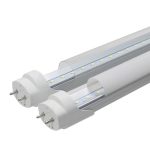Effortlessly Remove LED Ceiling Light Bulbs: A StepbyStep Guide
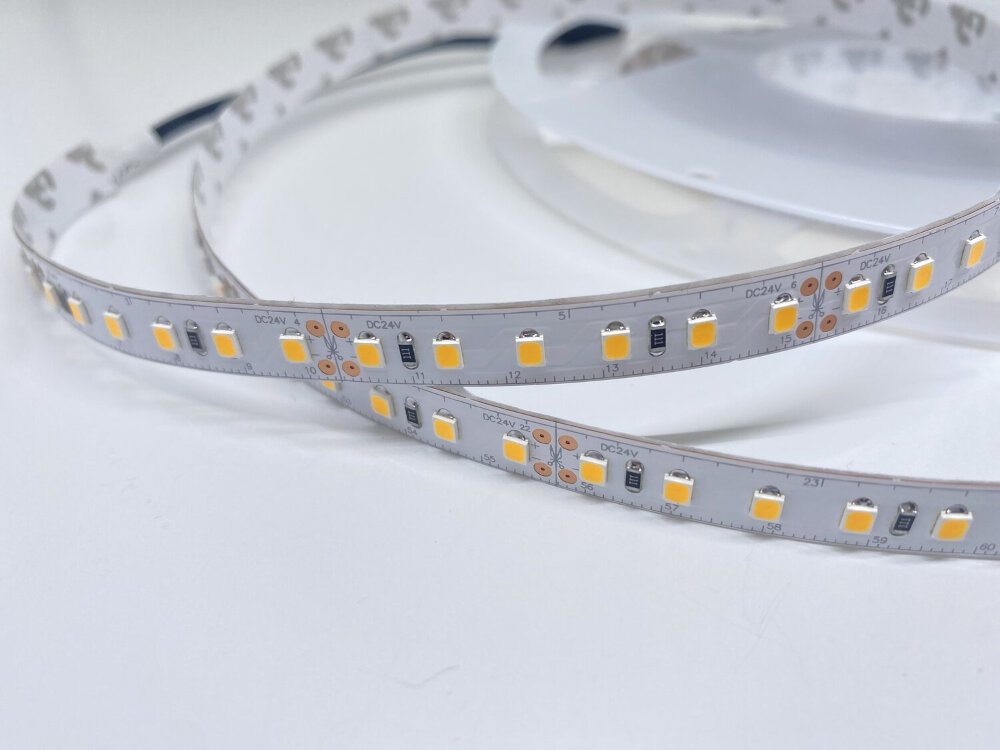
LED ceiling light bulbs are a popular choice for modern homes. They are energy-efficient, long-lasting, and provide bright and clear illumination. However, changing these bulbs can be a challenging task for some homeowners. The bulbs are often hard to remove, and many people struggle to find the right technique to get them out. In this step-by-step guide, we will show you how to effortlessly remove LED ceiling light bulbs without any hassle. Removing LED ceiling light bulbs requires a careful approach that ensures both your safety and the longevity of the fixture. The process may seem complicated at first, but with the right tools and technique, it can be done quickly and easily. By following this guide, you will be able to remove your LED ceiling light bulbs in a safe and efficient manner without causing any damage to the fixture. Whether you are replacing a burned-out bulb or simply want to upgrade to a brighter and more efficient model, this guide will help you get the job done with ease.
Knowing how to remove LED ceiling light bulbs is essential for a number of reasons. Firstly, it allows homeowners to safely and effectively replace old or faulty bulbs, ensuring that their homes remain well-lit and comfortable. Secondly, it can help to reduce the risk of injury or damage, as improperly removing or replacing light bulbs can cause electric shocks or other accidents. Additionally, being able to remove LED ceiling light bulbs can save homeowners time and money, as they can avoid the need to call in a professional electrician to carry out the task. Overall, learning how to remove LED ceiling light bulbs is an important skill for any homeowner, and can help to improve the safety, efficiency, and comfort of their living spaces.
When it comes to removing LED ceiling light bulbs, there are potential challenges that one may face. Firstly, LED bulbs can get very hot, especially if they have been on for a long time, which can be a safety hazard. Secondly, LED bulbs may be tightly screwed in or stuck due to the accumulation of dust and debris over time. This can make it difficult to remove them without causing damage to the fixture or the bulb itself. Lastly, using too much force or improper techniques can result in broken bulbs or electrical shock, which can be dangerous. Therefore, it is important to take necessary precautions and follow a step-by-step guide to safely remove LED ceiling light bulbs.
Safety Precautions
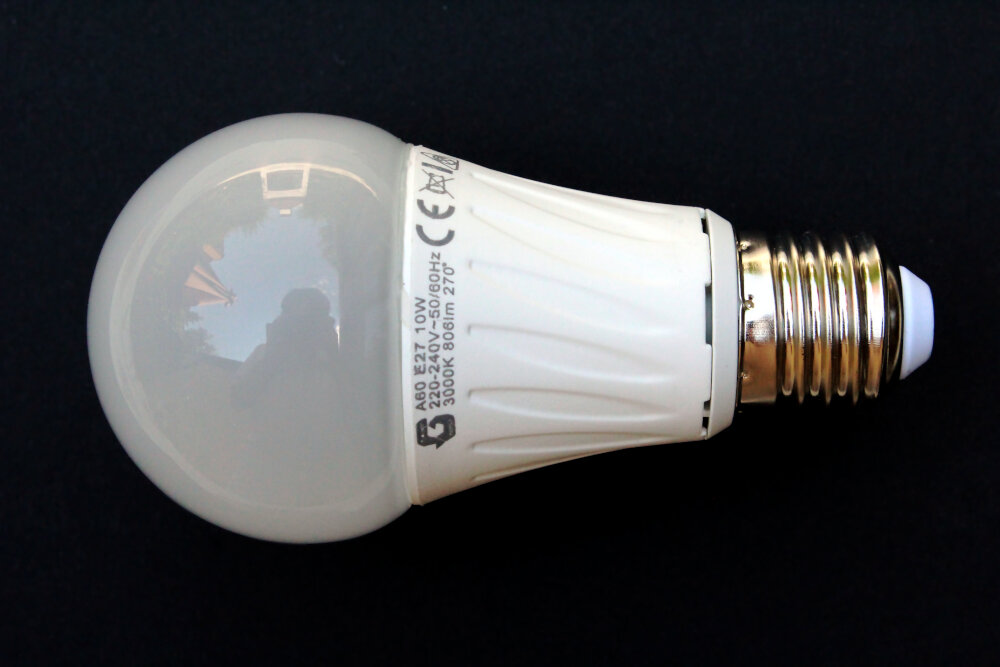
One of the most important aspects of removing LED ceiling light bulbs is ensuring that you take the necessary safety precautions. While it may seem like a simple task, accidents can happen, and it’s always better to be safe than sorry. Before attempting to remove any LED ceiling light bulbs, make sure that the power supply to the fixture has been turned off. This can be accomplished by switching off the circuit breaker or removing the fuse that powers the fixture. It’s also a good idea to use a voltage tester to confirm that there is no electricity flowing to the fixture. Another important safety precaution is to use the right tools for the job. LED ceiling light bulbs can be fragile, and using the wrong tools can cause them to break or shatter, which can be dangerous. It’s recommended that you use a pair of gloves to protect your hands while removing the bulbs, as well as a ladder or step stool to help you reach the fixture safely. Additionally, it’s important to avoid touching the bulbs with your bare hands, as the oils from your skin can cause them to burn out more quickly. By following these safety precautions, you can remove LED ceiling light bulbs with ease and without any risk of injury.
It is crucial to turn off the power before attempting to remove the bulb, especially when dealing with LED ceiling light bulbs. These bulbs are energy-efficient and long-lasting, but they can also be dangerous if mishandled. The LED bulbs generate heat, and the electrical current running through them can cause electrocution if not handled with care. Turning off the power ensures that there is no electrical current running through the socket, and you can safely remove the bulb without any risk of electrocution. It is always better to be safe than sorry, and taking the extra precaution of turning off the power can prevent accidents and keep you and your loved ones safe.
When it comes to removing LED ceiling light bulbs, it is crucial to handle them with care to avoid breakage. First and foremost, make sure that the light is turned off and unplugged before attempting to remove the bulb. It is also important to allow the bulb to cool down completely before handling it. To safely remove the bulb, hold it by the base and gently twist it counterclockwise until it comes loose. Avoid applying too much pressure or force, as this can cause the bulb to break. If the bulb is stuck, try using a suction cup or rubber gloves to get a better grip. By following these simple tips, you can safely remove LED ceiling light bulbs without any mishaps.
Identify the Type of Bulb

Before attempting to remove an LED ceiling light bulb, it’s essential to identify the type of bulb you have. There are different types of LED bulbs available, including screw-in bulbs, bi-pin bulbs, and GU10 bulbs. Screw-in bulbs are the most common and can be removed easily by turning them counterclockwise. Bi-pin bulbs have two pins that need to be squeezed together before gently pulling them out of the socket. GU10 bulbs have two small pins on the base that need to be pushed in and then turned counterclockwise to remove them. Identifying the type of bulb will help you determine the best method of removal and avoid damaging the bulb or the fixture. It’s also important to check the wattage and voltage of the LED bulb before attempting to remove it. LED bulbs come in different wattages and voltages, and using the wrong bulb can damage the fixture or cause it to malfunction. Make sure to turn off the power to the fixture before removing the bulb to avoid any electrical shocks. If you’re unsure about the type of bulb or the wattage and voltage, consult the manufacturer’s instructions or seek the help of a licensed electrician. By identifying the type of bulb and following the appropriate removal procedure, you can effortlessly remove LED ceiling light bulbs without any damage or hassle.
LED ceiling light bulbs come in various types, each with its unique features and functions. Firstly, there are standard LED bulbs that produce a soft, warm light and are suitable for general lighting purposes. Secondly, there are directional LED bulbs that emit a more focused beam of light and are ideal for task lighting. Thirdly, there are decorative LED bulbs that come in various shapes and sizes, perfect for adding style and ambiance to a room. Additionally, dimmable LED bulbs can be adjusted to create different lighting levels, while color-changing LED bulbs allow you to switch between various colors to set the mood. Finally, smart LED bulbs can be controlled remotely via a smartphone app or voice assistant, making them perfect for those who want to automate their home lighting system.
Knowing which type of bulb you have is crucial before attempting to remove it. To determine the type of bulb, start by checking the packaging or manual that came with it. If you do not have access to the packaging or manual, try to identify the bulb’s shape and base. Common bulb shapes include A19, PAR, and BR, while common base types include screw-in, bayonet, and pin. You can also check the wattage and voltage of the bulb, as different types have different requirements. If all else fails, take a picture of the bulb and bring it to a hardware or lighting store for assistance. By identifying the correct type of bulb, you can ensure a successful and safe removal process.
Removal Methods

When it comes to removing LED ceiling light bulbs, there are several methods you can use. The first and most common method is to simply twist the bulb counterclockwise until it loosens from the socket. This method is easy and straightforward, but it can be difficult if the bulb is stuck or if you have limited grip strength. In these cases, you can try using a rubber jar opener or a pair of rubber gloves for a better grip. Another option is to use a suction cup bulb remover, which is a small tool with a suction cup that attaches to the bulb and allows you to pull it out without twisting. This method is particularly useful for bulbs that are high up or hard to reach. Another method for removing LED ceiling light bulbs is to use a bulb changer pole. This is a long pole with a suction cup or bulb remover tool attached to the end. The pole allows you to reach bulbs that are high up or in hard-to-reach places without having to use a ladder. However, it’s important to make sure the pole is sturdy and secure before attempting to remove the bulb. Additionally, if you have multiple bulbs to remove, it may be more efficient to use a bulb changer kit, which comes with a pole and multiple suction cups or bulb remover tools. With these different methods at your disposal, removing LED ceiling light bulbs can be a breeze.
Removing LED ceiling light bulbs can be a daunting task, but with the right tools and knowledge, it can be done effortlessly. There are two main methods for removing LED ceiling light bulbs: the twist and pull method and the suction cup method. For the twist and pull method, turn off the power supply to the light bulb, then grip the bulb firmly and twist it counterclockwise until it loosens. Once it’s loose, gently pull it straight out. For the suction cup method, attach the suction cup to the center of the bulb, then gently twist it counterclockwise until it loosens. Once it’s loose, gently pull it straight out. It’s important to be cautious when removing LED ceiling light bulbs to avoid damage or injury.
The Twist and Pull Method is an efficient and safe technique to remove LED ceiling light bulbs. First, turn off the light switch and wait for the bulb to cool down. Then, twist the bulb counterclockwise until it loosens from the socket. Gently pull the bulb out of the socket, being careful not to apply too much force. If the bulb is stuck, try wiggling it gently or using a suction cup to grip the bulb and twist it counterclockwise. Avoid using excessive force or twisting the bulb too hard, as this can damage the socket or cause the bulb to shatter. With this method, removing LED ceiling light bulbs becomes a simple and hassle-free process.
One effective technique for removing LED ceiling light bulbs is the suction cup method. This method involves using a suction cup device to create a vacuum seal on the bulb, allowing you to twist and remove it from its socket. The suction cup method is particularly useful for bulbs that are difficult to reach or are stuck due to suction or heat. To use this method, ensure the suction cup is clean and dry, position it onto the center of the bulb, and press down firmly to create a seal. Then, twist the bulb counterclockwise until it releases from the socket. This technique can be a lifesaver for those struggling to remove stubborn LED ceiling light bulbs.
The Plastic Bag Method is an ingenious technique for removing LED ceiling light bulbs that have become stubbornly stuck. To start, cut a small hole in the bottom of a plastic bag and slip it over the bulb, making sure to leave a good amount of plastic above the bulb. Next, use your hands to firmly grip the plastic above the bulb and twist the bag counterclockwise. With any luck, the bulb should loosen and come free. This method is especially useful for those who lack grip strength or have difficulty reaching high ceilings. It’s also a safer method than attempting to unscrew the bulb by hand, which can result in broken glass and potential injury.
Troubleshooting
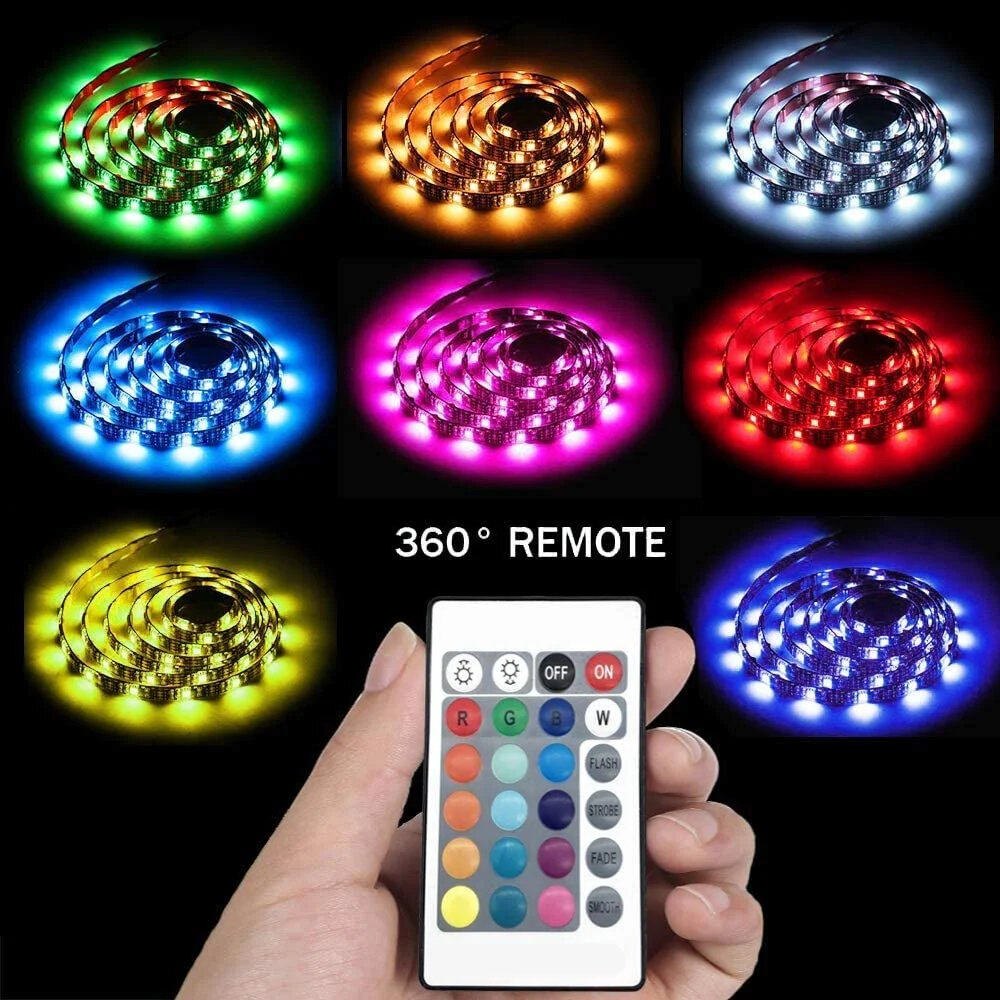
Troubleshooting is an essential aspect of removing LED ceiling light bulbs. It is almost impossible to remove a light bulb without encountering some challenges along the way. The first step in troubleshooting is to ascertain that the light bulb is not hot. Heat can cause the bulb to shatter, making it difficult and dangerous to remove. You can use a non-contact voltage detector to determine whether the bulb is still hot. If it is still hot, you should wait for it to cool down before attempting to remove it. Another common issue when removing LED ceiling light bulbs is the bulb getting stuck in the socket. This issue arises because of the expansion and contraction of the bulb due to changes in temperature. The solution to this problem is to use a pair of pliers or gloves to grip and turn the bulb gently. If the bulb is still stuck, you can try using a flathead screwdriver to carefully pry it out of the socket. However, you should be careful not to exert too much force as this can break the bulb and cause injury. Troubleshooting is crucial in removing LED ceiling light bulbs, and following the above guidelines will help you remove the bulb effortlessly.
When it comes to removing LED ceiling light bulbs, there are a few common issues that people may encounter. One of the main issues is that the bulbs can be difficult to grip and twist due to their small size and smooth surface. This can make it challenging to remove them without damaging the bulb or the fixture itself. Additionally, some LED bulbs can be quite fragile, and if they are not handled carefully, they may break or shatter, which can be dangerous. Another issue is that some LED bulbs may be stuck in their sockets due to corrosion or other factors, which may require additional tools or techniques to remove them safely. Despite these challenges, with the right tools and approach, it is possible to remove LED ceiling light bulbs safely and efficiently.
When it comes to removing LED ceiling light bulbs, there are a few common issues that people may encounter. One of the most common issues is the bulb being stuck or difficult to remove. In this case, it’s important to ensure that the power to the light fixture is turned off and to wear gloves for added grip. Another issue may be the bulb breaking during removal, which can be a safety hazard. To avoid this, it’s important to be gentle and apply even pressure when twisting the bulb out of the socket. Additionally, if the bulb is too high to reach or in an awkward position, using a sturdy ladder or asking for assistance from a friend or professional can make the removal process much easier and safer.
Safely and effectively removing LED ceiling light bulbs is crucial not only to prevent accidents but also to maintain the longevity of your lighting fixture. Mishandling the bulbs can result in breakage or damage to the fixture, which can be costly to repair or replace. Additionally, the presence of broken glass or exposed electrical components can pose a safety hazard to you and your family. By following a step-by-step guide like the one provided in this article, you can confidently and efficiently remove LED ceiling light bulbs without worry, ensuring a safe and functional home lighting system.
As a community of DIY enthusiasts, we believe that everyone has something to share. We encourage our readers to share their own tips and experiences in the comments section below. Whether you have a unique method of removing LED ceiling light bulbs or have encountered an unexpected obstacle, we want to hear from you. Your insights can help others who may be facing similar challenges, and we value the opportunity to learn from one another. So don’t hesitate to join the conversation and share your knowledge with the rest of the community. Together, we can make DIY projects even more effortless and enjoyable.
Conclusion
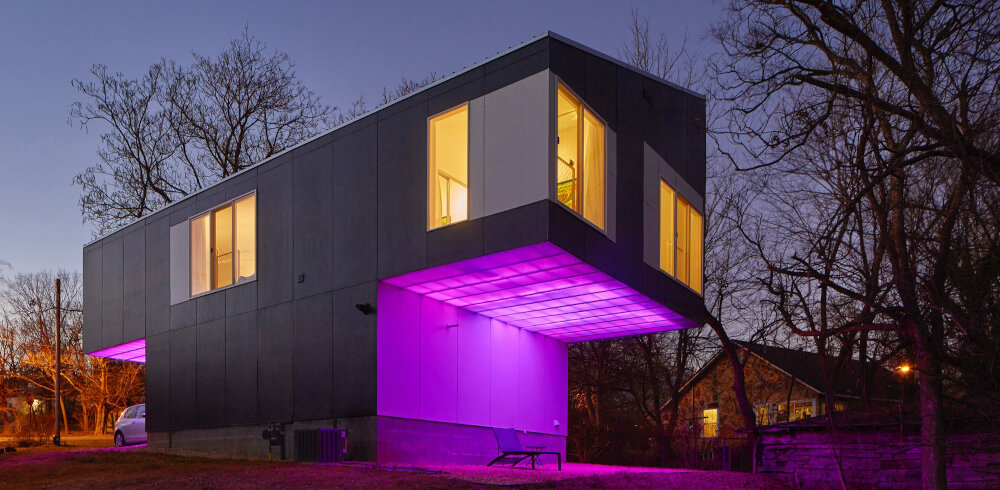
In conclusion, removing LED ceiling light bulbs can seem like a daunting task, but with the right tools and techniques, it can be done effortlessly. By following the step-by-step guide provided, you can safely remove and replace your LED ceiling light bulbs without any hassle. Remember to always turn off the power source, use the proper tools, and handle the bulbs with care. With these simple tips, you can easily maintain and upgrade your lighting fixtures, creating a brighter and more comfortable living space. So go ahead and give it a try, and enjoy the benefits of a well-lit home!

